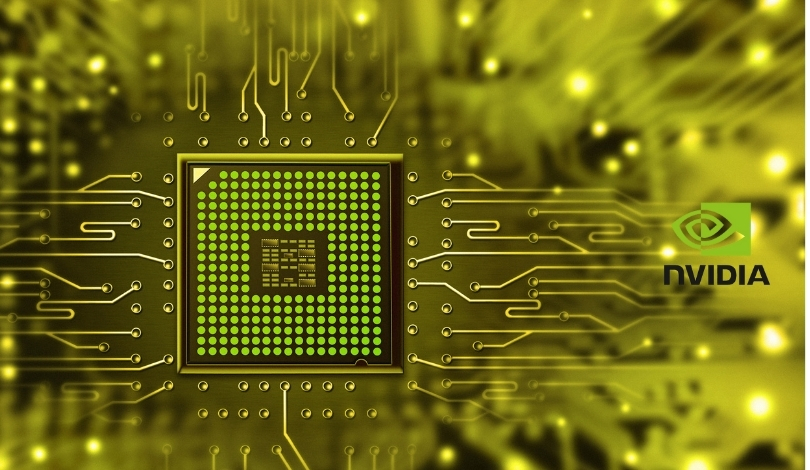Nvidia is redefining its business identity as it shifts from being a leading chip manufacturer to an innovator in artificial intelligence that operates in the physical world. The company’s vision expands beyond traditional computing, targeting the integration of AI into daily life and industries like robotics and automotive technology. This forward-thinking focus comes as demand for Nvidia’s advanced hardware continues at a high level and as AI’s potential applications begin to extend far beyond software and data processing. The move marks not only a strategic pivot but also signals fresh opportunities for technological development, market expansion, and partnerships across multiple sectors.
Market analysts and company observers previously centered much of their attention on Nvidia’s dominance in producing graphics processing units (GPUs) for the gaming sector and powering cloud-based AI models like OpenAI’s GPT-3. Reports from earlier years documented the rapid growth of its traditional data center segment, especially after the launch of big language models. However, recent developments indicate a broader ambition, as Nvidia now seeks to leverage physical AI to influence not just digital applications, but also industrial, automotive, and robotics arenas. Such a direction reflects both changes in market demands and the company’s evolving strategy.
What Is Nvidia’s Vision for Physical AI?
CEO Jensen Huang introduced his vision for Nvidia’s trajectory at the company’s annual shareholder meeting, describing the firm as “no longer merely a chip company.” He highlighted the concept of “physical AI,” where intelligent systems interact with the real world through reasoning and autonomous operation. Examples include self-driving vehicles and humanoid robots, technologies that could become central in reshaping industries.
“Robots, and all the A.I. infrastructure to train them, will be the next multimillion-dollar industry,”
Huang stated, indicating the commercial potential he expects from this trend.
How Is Business Performance Connecting to the New Strategy?
Nvidia’s business remains anchored in AI chip production, particularly graphics processing units that support machine learning and data center operations. The company’s legacy in gaming hardware laid the foundation for its entrance into AI, and recent financial data shows robust growth, driven by high-volume sales to corporate and technology clients pursuing AI initiatives. Last year, Nvidia reported $130.5 billion in revenue and a recent quarterly growth rate of 69%, supported by strong demand in data centers. Alongside these record numbers, the automotive and robotics division saw significant increases, reflecting the shift toward hardware for AI-driven machinery and vehicles.
Which Partnerships and Products Reflect This Direction?
As part of its expansion into physical AI, Nvidia has unveiled the Cosmos suite, a collection of world models designed to facilitate advanced training for robotics through simulations. Partnerships with companies like Boston Dynamics, KUKA, and Universal Robots indicate the growing emphasis on robotics. Furthermore, Nvidia’s Drive platform has been adopted by several automakers, including Mercedes-Benz, for developing autonomous vehicles. These initiatives demonstrate how the company’s expertise in hardware is converging with AI software, simulation, and real-world implementation across several domains.
The economic potential of this shift is substantial, as CEO Huang referenced the $50 trillion global industrial sector and its receptivity to automation. Nvidia is projecting a future where billions of robots, millions of self-driving cars, and numerous automated factories incorporate its technologies. The company’s existing foothold in AI chips could provide an advantage as new AI-powered tools and machines become widely adopted within large-scale industrial operations and transportation.
For professionals, investors, and industry stakeholders, Nvidia’s strategy offers a glimpse into the possibilities at the intersection of AI software, specialized chips, and robotics. Awareness of this transition is important given how quickly industrial and automotive applications for AI are progressing. Companies that develop frameworks or products integrating with platforms like Cosmos or Drive could benefit from Nvidia’s expanding ecosystem. Understanding the company’s blend of legacy strength in hardware with emerging opportunities in physical AI makes it possible to anticipate further innovations and strategic collaborations in the technology sector.










